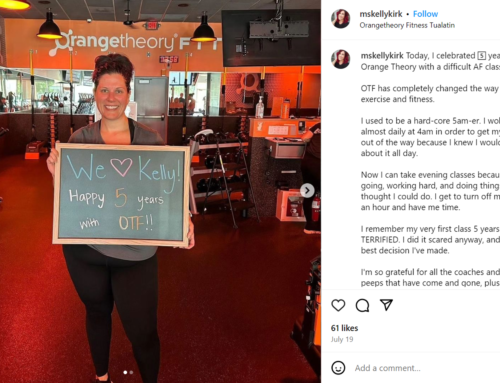New Year. It’s time to start planning a road map that will lead us to lose weight, long term, without feeling hungry or regaining it.
If we step on the scale now and weigh ourselves, we’ve probably gained weight. People put on an average between 3 and 5 kilos during the Christmas holidays. Are you one of them?
However, I’m sure many of us proposed losing that extra weight as 2020 begins. And most importantly, never getting it back. But beware of ‘miracle diets’ and things like that: they don’t exist or are simply worthless
To achieve the objective you have to take into account three keys: choice, planning, and moderation. That is, we choose very well what we buy, how we plan what we buy and how we choose our meals.
It is important to realize that to lose fat and maintain it over time, we must resort to a healthy and feasible diet in the long term, which helps us to acquire healthy habits for life. Without ever forgetting physical exercise, without it we will never reach the whole of the goal.
Buying food smartly
First of all, start with good diet planning. Always adapted to our possibilities, that is, if we eat as a táper, if we have little time to make the purchase or cook, etc…
To make a good purchase it is preferable to make it, to a greater extent, in markets rather than in supermarkets: ”
What must always be there and cannot be missing are: fruits and vegetables – to include daily -, plant protein sources such as legumes – also highly satiating -, fresh lean meat, fresh white and blue fish and eggs. Also virgin olive oil – of course – nuts and seeds. In this article, we explain what is the most complete and healthy diet.
On the other hand, it is essential to reduce as much as possible the consumption of processed foods: “The less processed products high in calories, added sugars and poor quality fats we include, better,” he insists.
The problem is not that chocolate bar that you eat aware that it’s not a good choice, but all those products that are sold as ideal for dieting or for your health, that in the end are re-processed and unhealthy camouflaged. In short, fresh products and good processing have to be filled in our kitchen.
Plan menus well
Eating healthy is essential for your health, but if you’re looking to lose weight, we’ll need to consider a few more keys for the diet to provide fewer calories than we spend. Therefore, we will promote a lighter diet than usual, but with the same volume of food. This is the key to feeling satiated and not making great sacrifices.
Fruits and vegetables should always abound in the diet. If we include them in lunches and dinners – in at least half the dish – they will satiate us quite a lot and take the gap away from what we took extra.
Good snacks: healthy choices
The time between meals is one of the biggest problems. That’s where we usually are when we get hungry. And it is also where we have the greatest unhealthy food offer. That’s why, and as long as we’re hungry between hours, it’s preferable to eat a piece of fruit, any fruit.
But we can also resort to other ideas such as: skimmed yogurt with cut fruit and cinnamon; lowfat cottage cheese (very satiating); skyr – alone or with fruit in pieces- kefir with a nutty handful or sugar-free soy yogurt, etc. And one more idea: a spoonful of seeds like chia or flax, which will give us an extra satiety, as long as those seeds are taken ground or hydrated.
Bonus: exercise
We can’t forget physical exercise. We must have an organized physical activity pattern of at least 3-4 hours a week. If we’re looking to lose weight properly, it should be a little more.




